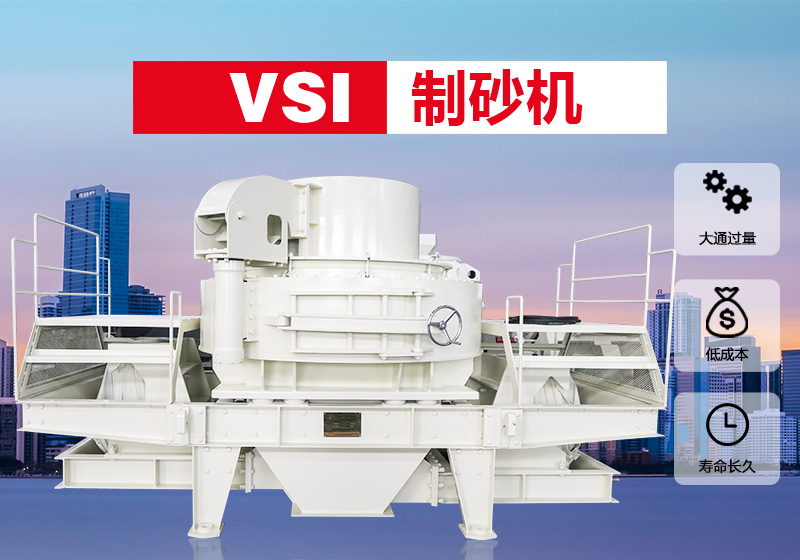1. Improper assembly of ore crusher
During the assembly process, the inner hole was not repaired and its size was not measured, and the new bearing was replaced for assembly. After the test run, it was found that the temperature rise was too high. When disassembling and measuring, it was found that the bearing seat hole had been deformed, causing the outer ring of the bearing to be squeezed, resulting in a smaller radial clearance of the bearing, uneven rotation of its rolling elements, and increased wear. The clearance between the inner ring of the bearing and the shaft is too large, and the inner ring of the bearing rotates with the rolling elements and the shaft, causing friction to cause the bearing to heat up and vibrate.
2. Ore crusher oil seal problem
The oil seal is a sealing element used to seal the rotating shaft in the mechanical equipment, and the cavity is basically stationary, so the oil seal is also called the rotating shaft lip seal. For oil seals with auxiliary lips, the auxiliary lips play a dust-proof role and prevent impurities from invading to extend the life of the oil seal. However, the auxiliary lips are often poorly lubricated and have large friction, which causes the oil seal to be damaged by dry friction. Therefore, when installing double-lip oil seals, be sure to fill the gap between the lips with grease.
3. Gap problem of ore crusher
During the assembly process, if the size of the spacer is not carefully checked and the assembly test is carried out, the temperature will rise rapidly after a certain period of time. The size of the outer ring of the bearing is determined by the end cover and the stop of the bearing seat. The size of the spacer is reduced, and the size of the inner ring will be adjusted by the round nut, and then pressed. The axial clearance of the bearing becomes smaller, causing it to heat up during operation.






 Leave Message
Leave Message Chat Online
Chat Online











